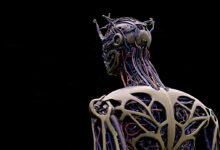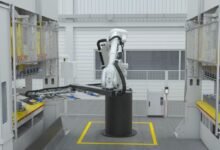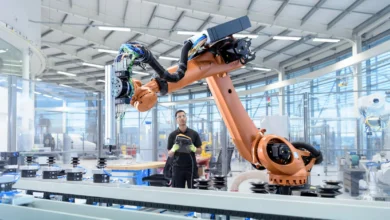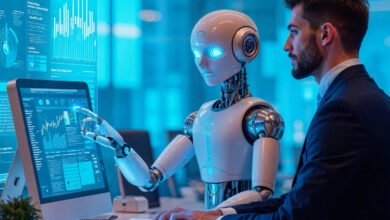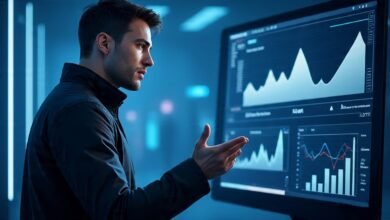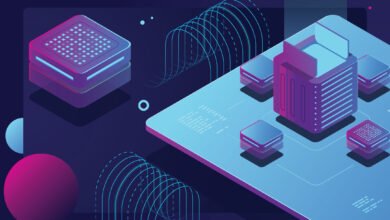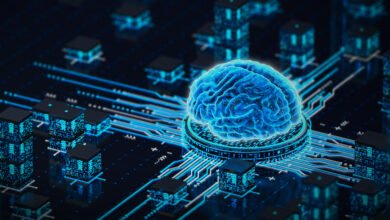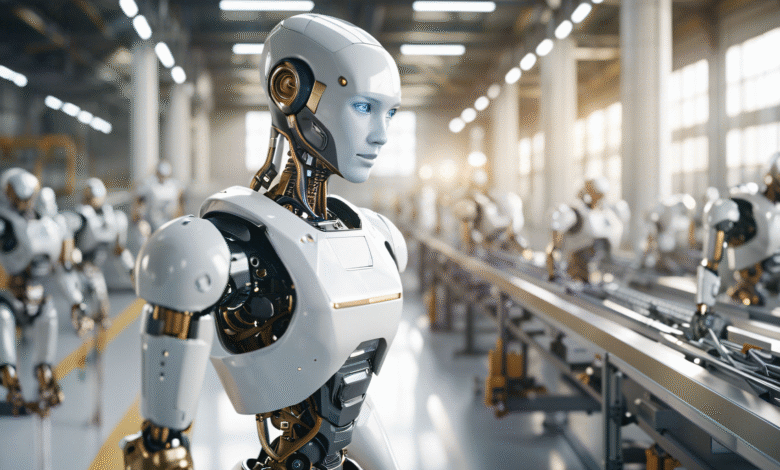
The landscape of humanoid robots is experiencing unprecedented transformation as we advance through 2025. These AI-powered companions are no longer confined to science fiction narratives but represent tangible technological achievements reshaping industries and daily life. From Tesla’s revolutionary Optimus Gen 2 to Boston Dynamics’ groundbreaking Atlas 2, the integration of artificial intelligence with sophisticated robotic automation has reached remarkable milestones.
The global humanoid robot market demonstrates extraordinary growth potential, with projections indicating expansion from $3.28 billion in 2024 to an astounding $66-103 billion by 2032-2035. This represents a compound annual growth rate (CAGR) of 45-47%, underscoring the accelerating adoption of AI companions across diverse sectors, including manufacturing, healthcare, education, and domestic applications.
Modern humanoid robots incorporate advanced machine learning algorithms, sophisticated natural language processing, and enhanced human-robot interaction capabilities. Companies like Figure AI, Engineered Arts, and Unitree are pioneering innovations that bridge the gap between industrial autonomous robots and personal emotional support robots. These developments signal a paradigm shift where robots transition from mere tools to intelligent partners capable of understanding context, emotions, and complex human needs.
The technological convergence of computer vision, advanced sensors, and neural networks enables today’s humanoid robots to navigate complex environments, perform intricate tasks, and engage in meaningful conversations. As we explore these remarkable advances, we’ll examine how AI-powered companions are revolutionizing industries, enhancing quality of life, and establishing new standards for human-robot collaboration.
The Evolution of Humanoid Robot Technology
Historical Development and Milestones
The journey of humanoid robots began decades ago with rudimentary mechanical constructs, but recent advances in artificial intelligence have catalyzed unprecedented progress. Early prototypes focused primarily on basic locomotion and simple task execution. However, contemporary AI-powered companions integrate sophisticated neural networks, enabling complex reasoning, emotional recognition, and adaptive learning capabilities.
Tesla’s Optimus represents a significant milestone in humanoid robot development, demonstrating remarkable improvements in mobility, dexterity, and task execution. The Optimus Gen 2 showcases enhanced walking capabilities, improved hand articulation, and advanced machine learning integration that enables real-time adaptation to environmental changes.
Current Technological Capabilities
Modern humanoid robots possess extraordinary technological capabilities that were unimaginable just a few years ago. Figure AI’s latest models demonstrate industrial-grade performance with 4x faster task execution and 7x improved accuracy compared to previous generations. These autonomous robots can lift substantial weights, navigate complex environments, and maintain operational efficiency for extended periods.
The integration of computer vision systems enables AI companions to recognize objects, interpret facial expressions, and understand spatial relationships with remarkable precision. Advanced natural language processing allows for seamless communication, while sophisticated sensors provide tactile feedback essential for delicate operations.
Leading Companies and Breakthrough Innovations
Tesla Optimus Redefining Robotic Automation
Tesla’s Optimus series represents a groundbreaking advancement in humanoid robot technology. The Optimus Gen 2 demonstrates significant improvements in robotic automation, featuring enhanced mobility at 2.7 miles per hour, a lifting capacity of 44 pounds, and an operational duration of five hours per charge. Tesla’s approach integrates artificial intelligence with practical industrial applications, positioning Optimus as a versatile AI-powered companion suitable for diverse environments.
The Tesla humanoid robot incorporates advanced machine learning algorithms that enable continuous improvement through experience. This adaptive capability allows Optimus to optimize performance across various tasks, from manufacturing assembly to domestic assistance.
Boston Dynamics Atlas 2: Pinnacle of Athletic Performance
Boston Dynamics continues to lead humanoid robot innovation with the Atlas 2, showcasing unprecedented athletic capabilities and human-like movement patterns. This AI companion demonstrates remarkable agility, balance, and coordination that surpass previous robotic achievements. The Atlas 2 integrates advanced computer vision with sophisticated control systems, enabling complex acrobatic maneuvers and precise manipulation tasks.
Figure AI Industrial Revolution Leaders
Figure AI has emerged as a dominant force in industrial humanoid robots, with their Figure 01 and Figure 02 models setting new standards for workplace robotic automation. The company’s strategic partnership with BMW demonstrates real-world application, with autonomous fleets of Figure 02 robots operating in manufacturing environments. These AI-powered companions perform industrial tasks with remarkable efficiency and precision.
Applications Across Industries
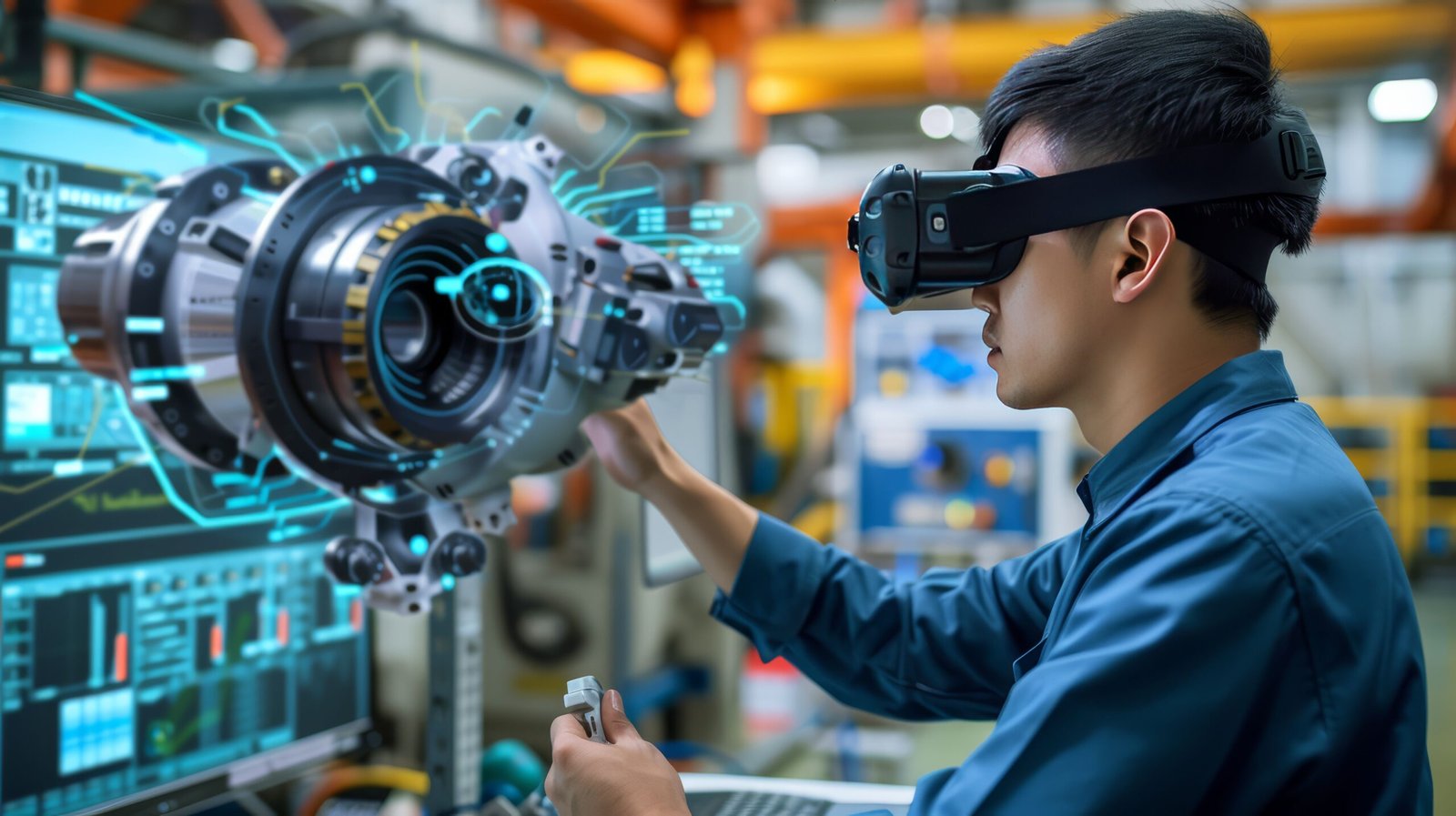
Manufacturing and Industrial Automation
Humanoid robots are revolutionizing manufacturing through advanced robotic automation capabilities. Figure AI’s deployment at BMW’s Spartanburg facility demonstrates the practical implementation of AI-powered companions in complex industrial environments. These autonomous robots handle repetitive tasks, quality control processes, and material handling with consistent precision.
The integration of machine learning enables humanoid robots to adapt to production variations, optimize workflows, and maintain quality standards. Manufacturing facilities benefit from reduced labor costs, improved safety, and enhanced productivity through the strategic deployment of AI companions.
Healthcare and Elder Care
Healthcare robots represent a rapidly growing application for humanoid robot technology. These AI-powered companions provide patient monitoring, medication reminders, and basic medical assistance. Advanced emotional support robots offer companionship for elderly patients, reducing isolation and improving mental health outcomes.
The integration of natural language processing enables healthcare robots to communicate effectively with patients, understand medical terminology, and provide appropriate responses to health-related inquiries. These capabilities make AI companions valuable assets in hospitals, nursing homes, and home healthcare settings.
Education and Research
Educational institutions increasingly adopt humanoid robots as teaching assistants and research tools. These AI-powered companions provide personalized learning experiences, language instruction, and interactive educational content. Educational robots demonstrate complex concepts through physical demonstrations and engage students in ways traditional teaching methods cannot achieve.
Research applications leverage humanoid robots for psychological studies, human-robot interaction research, and social behavior analysis. These AI companions serve as controlled experimental subjects, enabling researchers to study human responses to robotic entities.
Domestic and Personal Applications
The emergence of domestic robots marks a significant shift toward personal AI-powered companions. Companies like Realbotix showcase humanoid robots designed for household applications, providing cleaning services, security monitoring, and companionship. These AI companions integrate smart home technology with advanced robotics, creating comprehensive domestic assistance systems.
Personal humanoid robots offer entertainment, conversation, and emotional support for individuals seeking companionship. Advanced natural language processing and emotional recognition technology enable these AI-powered companions to develop personalized relationships with users.
Advanced AI Integration and Machine Learning
Neural Network Architecture
Modern humanoid robots incorporate sophisticated neural network architectures that enable complex decision-making and adaptive behavior. These AI-powered companions utilize deep learning algorithms to process sensory input, recognize patterns, and generate appropriate responses. The integration of machine learning enables continuous improvement and personalization of robotic behavior.
Artificial intelligence systems within humanoid robots process multiple data streams simultaneously, including visual, auditory, and tactile information. This multi-modal processing enables AI companions to understand context, interpret emotions, and respond appropriately to human interactions.
Natural Language Processing and Communication
Advanced natural language processing capabilities distinguish modern humanoid robots from their predecessors. These AI-powered companions understand conversational context, interpret emotional nuances, and generate natural-sounding responses. The integration of large language models enables AI companions to engage in meaningful conversations across diverse topics.
Speech recognition technology allows humanoid robots to understand multiple languages, accents, and speech patterns. This capability enhances human-robot interaction by enabling more natural and intuitive communication methods.
Computer Vision and Environmental Awareness
Computer vision systems provide humanoid robots with sophisticated environmental awareness capabilities. These AI-powered companions recognize objects, identify faces, interpret gestures, and navigate complex environments with precision. Advanced visual processing algorithms enable real-time analysis of surroundings, facilitating safe and efficient robot operation.
The integration of 3D mapping technology allows humanoid robots to create detailed environmental models, enabling precise navigation and object manipulation. These capabilities are essential for autonomous robots operating in dynamic environments.
Market Dynamics and Economic Impact
Market Growth Projections
The humanoid robot market demonstrates remarkable growth potential, with industry analysts projecting expansion from $3.28 billion in 2024 to $66-103 billion by 2032-2035. This represents a compound annual growth rate (CAGR) of 45-47%, indicating unprecedented market acceleration. The Asia Pacific region currently dominates the market with a 41.97% share, followed by North America and Europe.
Investment in AI-powered companions continues to accelerate as major technology companies recognize the transformative potential of humanoid robots. Tesla, Google, Amazon, and Microsoft have committed substantial resources to robotic development, driving innovation and market expansion.
Economic Disruption and Labor Market Impact
The proliferation of humanoid robots in various industries creates significant economic disruption, particularly in labor markets. Robotic automation displaces certain job categories while creating new opportunities in robot maintenance, programming, and supervision. Economic analysts predict substantial productivity gains offset by transitional employment challenges.
AI-powered companions offer cost advantages through reduced labor expenses, improved efficiency, and 24/7 operational capability. Organizations adopting humanoid robots report significant return on investment through productivity improvements and operational cost reductions.
Investment and Funding Trends
Venture capital investment in Humanoid Robots companies has reached unprecedented levels, with Figure AI, Tesla, and Boston Dynamics securing substantial funding rounds. These investments accelerate research and development, enabling rapid advancement in AI companion technology.
Government initiatives supporting robotics research provide additional funding sources for humanoid robot development. National competitiveness concerns drive public investment in artificial intelligence and robotic automation technologies.
Technical Challenges and Limitations
Hardware and Engineering Constraints
Despite remarkable progress, humanoid robots face significant technical challenges related to power consumption, mechanical durability, and manufacturing costs. Battery technology limitations restrict operational duration, while complex mechanical systems require sophisticated maintenance procedures.
Material engineering challenges involve developing lightweight yet durable components capable of withstanding continuous operation. Cost optimization remains essential for widespread AI companion adoption, particularly in consumer markets.
Software and AI Limitations
Artificial intelligence systems within humanoid robots still face limitations in understanding context, handling unexpected situations, and demonstrating truly autonomous behavior. Machine learning algorithms require extensive training data and computational resources, presenting practical implementation challenges.
Safety protocols for AI-powered companions require careful consideration to prevent harmful behavior or accidents. Developing robust fail-safe mechanisms ensures reliable operation in human environments.
Ethical and Social Considerations
The deployment of humanoid robots raises important ethical questions regarding privacy, human dignity, and social interaction. AI companions capable of emotional manipulation present concerns about psychological dependence and social isolation.
Regulatory frameworks for humanoid robots remain underdeveloped, creating uncertainty about liability, safety standards, and operational guidelines. Establishing comprehensive governance structures becomes increasingly important as AI-powered companions proliferate.
Future Developments and Emerging Trends
Next-Generation Technologies
Future humanoid robots will incorporate revolutionary technologies, including quantum computing, advanced biomimetic materials, and brain-computer interfaces. These innovations will enhance AI companion capabilities, enabling more sophisticated reasoning, improved physical performance, and seamless human-robot integration.
Quantum artificial intelligence promises exponential improvements in processing power, enabling real-time analysis of complex environmental data and sophisticated decision-making capabilities. Biomimetic engineering will create more natural movement patterns and improved energy efficiency.
Integration with the Internet of Things
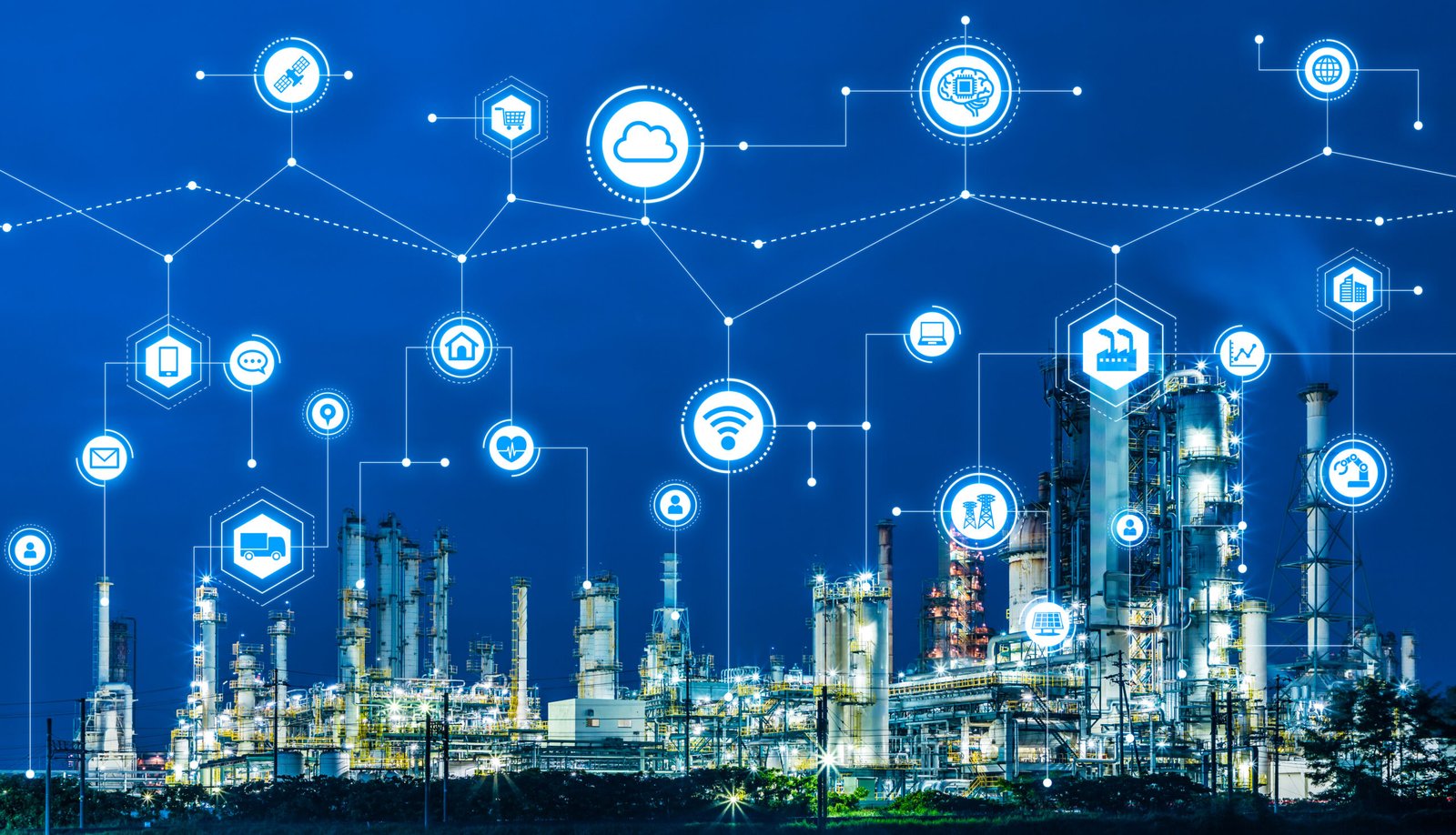
The convergence of humanoid robots with Internet of Things (IoT) ecosystems will create comprehensive smart environment solutions. AI-powered companions will serve as central hubs for connected devices, providing unified control and intelligent automation across homes and workplaces.
Cloud computing integration will enable humanoid robots to access vast knowledge databases, share learning experiences, and receive remote updates. This connectivity enhances AI companion capabilities while enabling collective intelligence development.
Personalization and Emotional Intelligence
Future humanoid robots will demonstrate enhanced emotional intelligence, enabling deeper human-robot relationships. Advanced personality algorithms will create unique AI companions tailored to individual preferences and needs.
Biometric monitoring capabilities will allow humanoid robots to assess human emotional states, stress levels, and health conditions. This information enables personalized responses and proactive assistance, enhancing the value of AI-powered companions.
Safety, Ethics, and Regulatory Considerations
Safety Standards and Protocols
Establishing comprehensive safety standards for humanoid robots requires collaboration between technology companies, regulatory agencies, and safety organizations. AI-powered companions must demonstrate reliable operation in diverse environments while preventing harm to humans or property.
Certification procedures for humanoid robots should encompass mechanical safety, software reliability, and cybersecurity measures. Regular testing and validation ensure continued safe operation throughout robot lifecycles.
Privacy and Data Protection
AI companions collect substantial personal data through sensors, cameras, and microphones, raising significant privacy concerns. Implementing robust data protection measures ensures user privacy while enabling personalized robot behavior.
Encryption technologies and secure communication protocols protect sensitive information from unauthorized access. Transparent data usage policies inform users about information collection and usage practices.
Regulatory Framework Development
Governments worldwide are developing regulatory frameworks for humanoid robots, addressing safety requirements, liability issues, and operational guidelines. These regulations must balance innovation encouragement with public protection.
International cooperation in robot regulation ensures consistent standards across global markets while facilitating technology transfer and collaboration. Harmonized regulations reduce compliance burdens for Humanoid Robots manufacturers.
More Read: Humanoid Robots The Latest Advances in AI-Powered Companions
Conclusion
Humanoid robots and AI-powered companions represent transformative technology that is reshaping industries and human experiences in unprecedented ways. From Tesla’s versatile Optimus to Boston Dynamics’ athletic Atlas 2, these remarkable machines demonstrate extraordinary capabilities in robotic automation, artificial intelligence, and human-robot interaction.
The explosive market growth projected to reach $66-103 billion by 2032-2035 reflects the immense potential of these technologies. While technical challenges regarding power consumption, manufacturing costs, and AI limitations persist, continuous innovation in machine learning, computer vision, and natural language processing drives remarkable progress.
The integration of humanoid robots across manufacturing, healthcare, education, and domestic applications showcases their versatility as AI companions. As we navigate ethical considerations, safety protocols, and regulatory frameworks, the future promises even more sophisticated emotional intelligence, IoT integration, and personalized experiences. The revolution of humanoid robots as genuine AI-powered companions is not a distant possibility but a rapidly emerging reality transforming how we work, live, and interact with technology.
